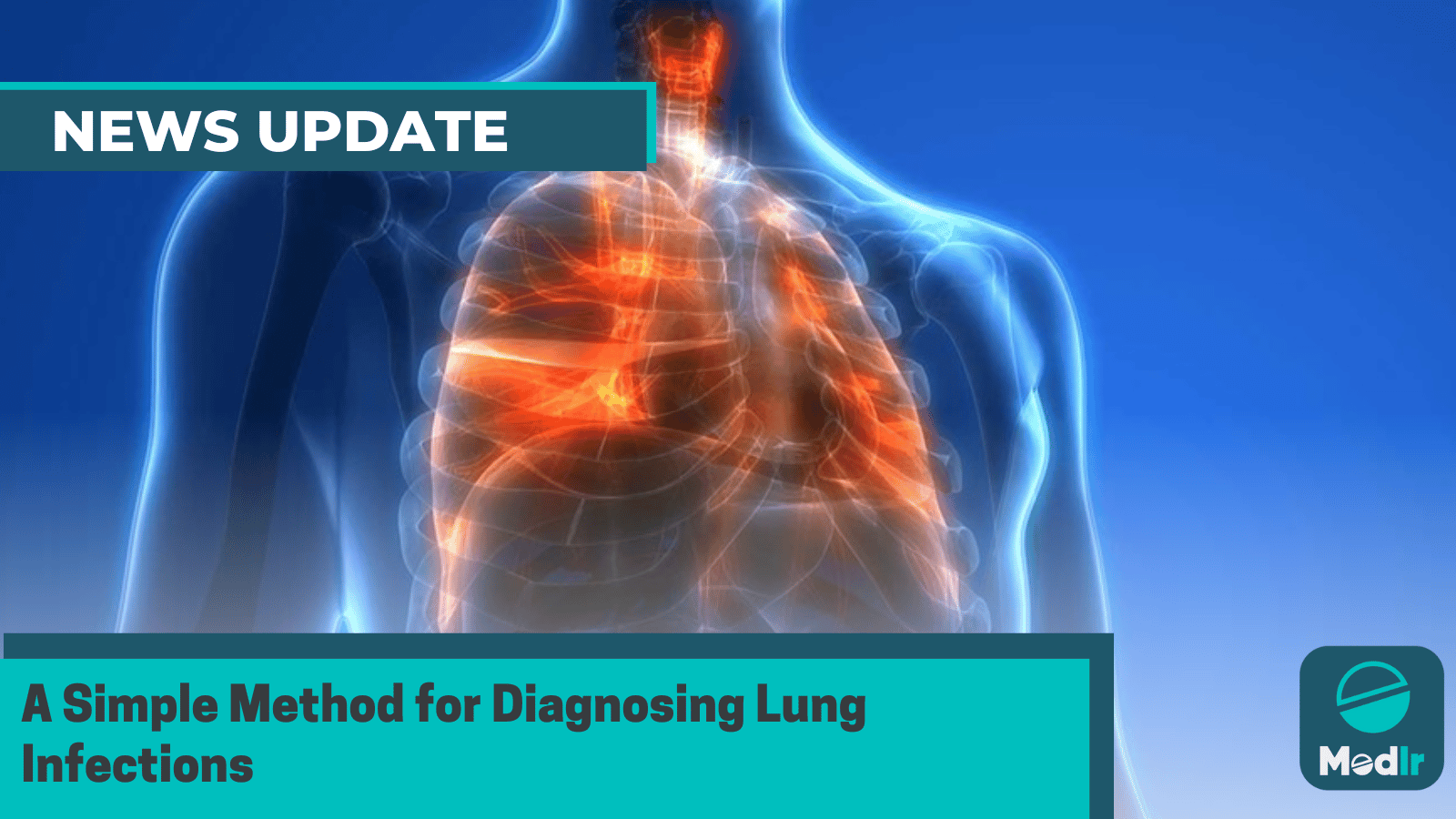A Simple Method for Diagnosing Lung Infections
Written by Jaskiran Walia, Arushi Sharma
The realm of diagnosing lung infections is undergoing a transformation with the introduction of a straightforward and efficient method.

Kotagiri, an associate professor of pharmaceutical sciences at UC, has been awarded a $3 million NHLBI grant. For the past five years, research has focused on injectable probes (metallic contrast agents) lighting infection locations in PET scans.
X-rays are used by radiologists to identify lung illnesses such as pneumonia. X-rays cannot differentiate between infection types (bacterial, viral, or fungal). A definitive diagnosis by lung tissue culture requires time (2-3 days).
Critically ill patients, such as those suffering from pneumonia or COPD, do not have the time to go through this process, according to Kotagiri.
He adds that the process of developing contrast agents "doesn't require elaborate processing or preparation time." This is significant since developing contrast agents is complicated and time-consuming. A simplified, quick procedure might reduce lab prep time, easing clinical deployment.
Kotagiri and colleagues specialize on bacterial and viral pneumonias in COPD animal models. According to Kotagiri, the imaging method's adaptability extends to fungal infections, cystic fibrosis, and post-treatment imaging might measure pharmaceutical response.